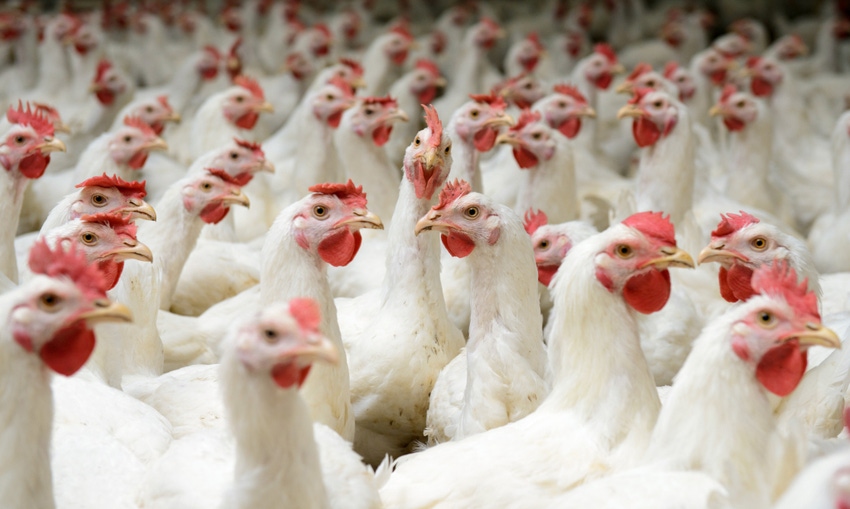Continued evolution of the industry and consumer preference has and will undoubtedly continue to influence the shape of broiler breeder selection programs.

Over the last three decades, broiler breeding goals have expanded vastly to the point of combining productivity and biological efficiency with liveability, robustness, adaptability and reproduction.
According to Alex Corzo of Aviagen, this process of breeding goal expansion is not expected to stop any time soon and rather will likely expand to encompass even broader aspects as consumers increasingly demand more and more.
Speaking at the Arkansas Nutrition Conference, Corzo said the continued evolution of the industry and consumer preference has and will undoubtedly continue to influence the shape of broiler breeder selection programs.
What does that mean for such things as slow-growing genotypes? Corzo believes that in a growing and evolving marketplace, there will be room for both conventional and slower growing lines. While it is difficult to predict the relative representation of each type of product for every specific region, he said the focus from the primary breeding company will likely continue to be that of offering genetic potential suited to all market segments while fulfilling sustainability requirements from economical, biological, welfare and environmental considerations.
Still, Corzo noted that there is compelling evidence showing how conventional broiler production systems result in a lower impact to the environment when compared to organic or free-range systems. This, he said, is across the board when judging by global warming, eutrophication and acidification potential, abiotic resource and land use. He said research has shown the importance of improved feed efficiency, feed quantity, composition and nutrient content, in reducing the environmental impact of broiler production.
Corzo told the group that there is little question that the requirement for resources increases when moving from conventional to slower growing genotypes. The requirement of feed, water and land increases by 32.7%. The increase in housing requirement is three times greater as it includes both a difference in stocking density and number of yearly cycles, which are a function of the number of days to achieve the target weight.
These differences, Corzo said, inevitably have an economic impact and directly affect profitability. Integrations using slow grow options will have to rely on capturing premium product prices that exceed the increased resource requirement and cost in order to remain profitable.
In addition, any significant global shift toward slower growing genotypes will represent an increased pressure on the ingredients market due to poorer feed conversion, with concomitant higher prices for corn, soybean meal and wheat, hence further driving up the production cost of meat, he said.
In conclusion, Corzo said the impact of genotypes with lower biological efficiency on resource utilization and environmental burdens can range anywhere between 30 to 40% higher than that of conventional broiler genotypes.
On the other hand, he noted that the suitability of a genotype to a production system or market segment will depend not only on biological performance but also on consumer preference, product price and other product attributes, including the perceived balance between performance and welfare.
About the Author(s)
You May Also Like


.png?width=300&auto=webp&quality=80&disable=upscale)
